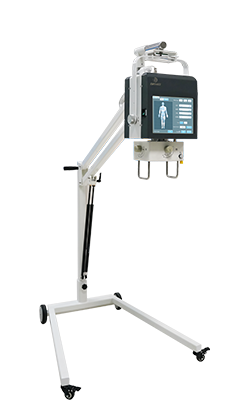Su objetivo: mejorar la calidad de la atención sanitaria logrando al mismo tiempo rentabilidad
Un diagnóstico exitoso es la mitad del problema y una solución rápida a su problema es la otra mitad.Afortunadamente, nuestros ingenieros capacitados son expertos en ambos.Discutiremos todo el proceso con usted para asegurarnos de que obtenga la mejor solución.
aprende más
Avances en el diagnóstico con máquinas de ultrasonido MSK
Avance en el diagnóstico con las máquinas de ultrasonido MSK ¿Qué es la máquina de ultrasonido MSK?Una ecografía musculoesquelética (MSK) es una prueba especializada...

Avanzando en el diagnóstico con MSK U...
Avanzando Diagnóstico...

Mejorando la atención al paciente con...
Mejorando al paciente...

Máquina de ultrasonido 3D médica Dawei...
máquina de ultrasonido 3D...



















